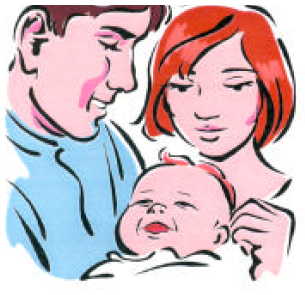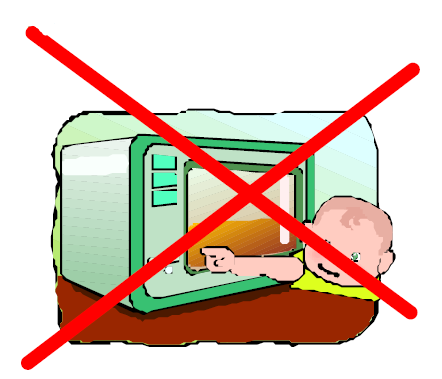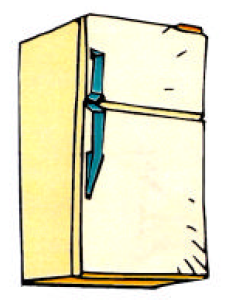Supporting Parent’s Choices
When leaving their baby with a care provider, parents need assurance that their wishes are followed. This certainly applies to how to feed their baby. Some parents may have chosen to breastfeed their infant while others have selected to bottle-feed. Whatever the decision, let the parents know that you support them.
As you might imagine, support for the breastfeeding baby requires different strategies than for the bottle-fed infant. Mothers may worry that it will be too hard to continue to breastfeed when their baby is in child care. Let the mother know that you will help her to continue breastfeeding.
Support for the breastfeeding mom may mean that you feed the child expressed breast milk or use formula - whichever the mother prefers. It may mean that you will not feed the baby right before the mother picks him up so that he will nurse right away.
Whether infants are fed breast milk or infant formula, be sure to follow the parents’ instructions about the kind of bottle or bottle liners to use. Remember to wash your hands when preparing bottles and before feeding the baby.

General Instructions
Keeping Everything Clean
- Sanitize preparation area before expressing breast milk or preparing formula.
- Clean reusable bottles, bottle caps, and bottle nipples before every use. Do this by washing them in the dishwasher OR by hand wash, rinse and boil them for at least 5 minutes just before filling them. Let these air dry rather than towel dry.
- Ask parents to bring in prepared formula, in an insulated thermos bottle or in an insulated container with a freezer gel pack to keep it cold. Immediately date and refrigerate all bottles and clearly label each with the child’s name. If the family is unable to keep the formula cold, have them bring along an unopened can of ready to-use formula or a bottle of water and powdered formula to mix when the baby is ready to eat.
- If you provide the formula, it should be either ready-to-feed or carefully prepared from powder or concentrate. Prepare formula according to the INSTRUCTIONS on the container. Use water from a source that has been approved by your local health department.
- For infants under 4 months of age, prepare formula with boiled water or sterile bottled water. Boiling kills germs that may be in the water. Boil water in an uncovered pan for 5 minutes. Allow formula to cool before feeding baby.
Serving Breast MIlk and Formula That Are Safe
- Container of expressed breast milk should be labeled with baby’s name and date of expression. This prevents serving baby the wrong bottle.
- Thaw frozen breast milk under warm running water or in the refrigerator. Heat can destroy important nutrients and protective substances, so do not use a microwave or hot water to heat breast milk.
- It is not necessary to warm formula, but some babies may prefer it. If formula is to be warmed, place the bottle in a pan of hot (not boiling) water for 5 minutes - shake well and test. Never warm formula in a microwave oven. The American Academy of Pediatrics and some licensing agencies are concerned about microwaving formula. The fluid can get too hot in some spots and cause burns to baby’s mouth and throat.
- Don’t warm bottles by leaving them on the counter or putting them in warm water for extended periods of time. These practices provide an ideal environment in which germs can grow.

When Should You Discard Breast Milk Or Formula?
| In Bottle |
Discard |
| Contents left after each feeding |
Immediately |
| In Refrigerator |
Discard |
| Open containers of ready-to-feed or concentrated formula |
After 48 hours if not used |
| Prepared bottles of formula |
After 24 hours if not used |
| Bottles of expressed breast milk |
Between 2 -5 days** |
| In Freezer |
Discard |
| Bottles of expressed breast milk |
After 3 months if not used** (when stored at 0ºF or below in a freezer with a separate door from the refrigerator.) |
| ** Opinions differ about the amount of time that breast milk can be safely stored. Use the shorter times when storage conditions are not ideal. For example, the refrigerator door is opened frequently by children or adults, or the temperature of the freezer area does not remain stable. |

Sigman-Grant, M.
2001,
Safely Feeding Babies and Infants,
Extension | University of Nevada, Reno, FS-07-22


